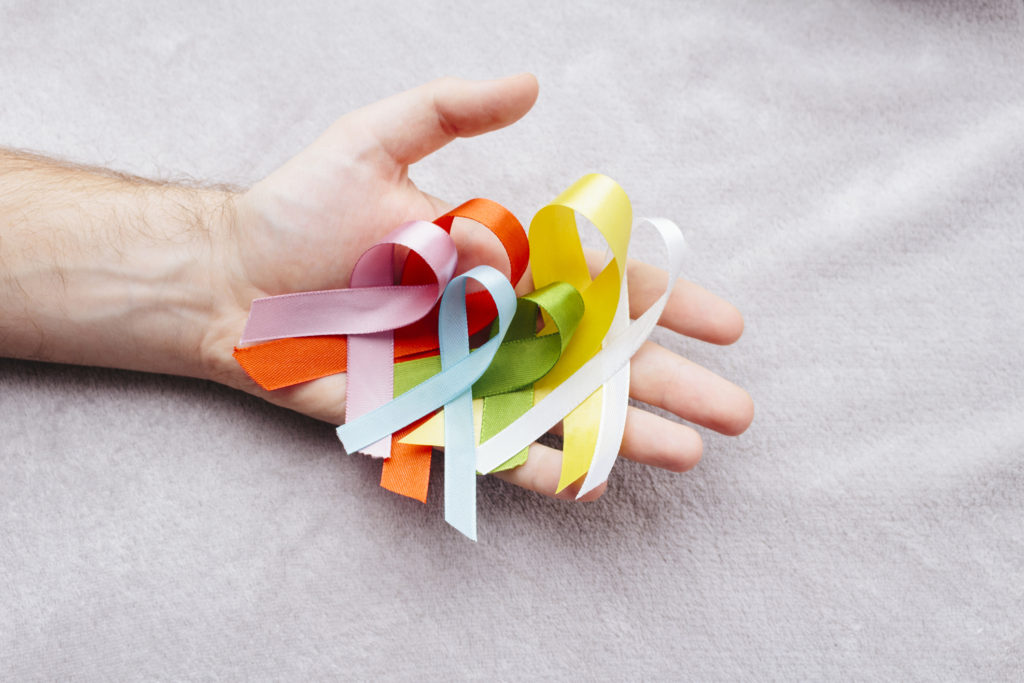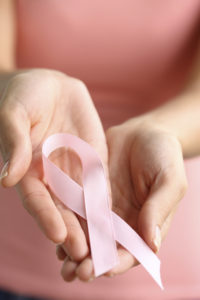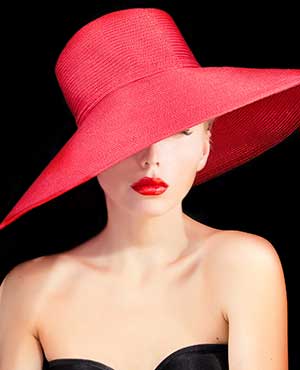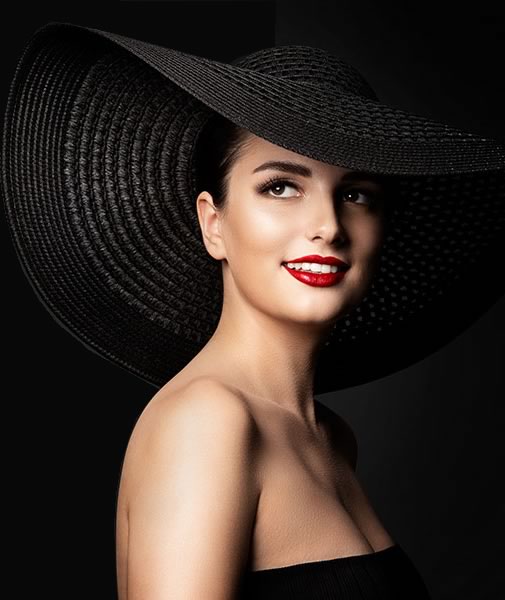It’s hard to imagine, but our empowering pink ribbons of October are now 25 years old. The iconic symbol of our fight against breast cancer has a story. And it belongs to several women, including a breast cancer survivor. Today we bring you the story not only of how the pink ribbons came to be. We will also show you how they came to be empowered.
Empowering an Iconic Symbol
The journey of the pink ribbon from baby dresses to a super-power symbol began back in the days when women barely discussed “the big C”. They only whispered in horror, pity and embarrassment. If they heard about a friend’s breast cancer diagnosis. In fact, the ribbon itself and the special color of it have separate stories behind them.

Empowering a cause with an appropriate color was an overnight sensation.
In 1979, Penney Laingen’s husband was one of the prisoners during the Iran hostage crisis. She used the yellow ribbon as a support symbol for him and his fellow hostages.
“Its history goes back much further. It is mentioned in five-hundred-year-old poems. It was heard in military marches, in folk songs, and even in films. But Penney Laingen used it for the first time publicly as a silent voice of support.”
A Symbol Empowering Emotional Colors
In 1989, a politically aware art group, Visual AIDS utilized a looped ribbon, but bright blood red in color. It took its message of AIDS awareness and support to the Tony Awards. At the Awards Jeremy Irons wore it. Suddenly ribbons for awareness of every type of charity became overnight sensations. By 1992, New York Times declared the year to be The Year of the Ribbon.
Empowering Peach before Pink

Empowering a little ribbon is very with a big mission to end breast cancer.
Charlotte Hayley, who had battled breast cancer, introduced the concept ribbon in a stylish pastel peach color. This step in the awareness ribbon’s metamorphosis was politically empowering and ahead of its time.
She attached them to thousands of cards which bore the message, “The National Cancer Institute’s annual budget is 1.8 billion US dollars, and only 5 percent goes to cancer prevention. Help us wake up our legislators and America by wearing this ribbon.”
Hayley’s peach ribbon captivated Alexandra Penney, editor-in-chief of Self Magazine. However, Hayley rejected the idea of working with a major magazine because she thought the marketing was too commercial.
Since Alexandra Penney could not legally utilize Hayley’s peach ribbon, Self magazine and many other breast cancer awareness promoters selected pink as the awareness ribbon color for breast cancer.
Empowering the First Pink Ribbons: Susan G. Komen Breast Cancer Foundation
It was the Susan G. Komen Breast Cancer Foundation who really secured the first classic dispersal of the ribbons for the cure. Author Samantha King revealed this fact in her book, Pink Ribbons Inc. She stated, “In fall 1991, mere months after Irons’ electrifying appearance, the foundation gave out pink ribbons to every participant in its New York City race.”
Empowering Lipstick, Politics and Breast Cancer Awareness
Meanwhile, Alexandra Penney quickly discovered she could not pin ribbons to every front cover of her magazines. Instead, she phoned her friend Evelyn Lauder of Estee Lauder Cosmetics.
Evelyn Lauder enthusiastically suggested and authorized the distribution of the pink ribbons from Estee Lauder cosmetic counters.
Empowering the Pink Ribbon with a Social Conscience and a Medical Purpose
Penney wrote about how much more the ribbon meant than personal emotional investment. The pink ribbon also meant voter power. In the October 1992 issue of Self magazine, Penney stated, “We’ll be collecting signatures from all of you who write us for a ribbon or who go to an Estee Lauder counter for one. And I’ll take the signatures to Washington as a reminder to the President that breast cancer research and treatment should remain a top priority.”
And with Estee Lauder’s smart, elegant involvement, the ribbon migrated from mere decoration to meaningful symbol to instrumental global influencer.
Empowering The Global Community

Pink for Breast Cancer Awareness
At Altiora Plastic Surgery and Medspa, we cannot help but notice that today Sarasota is ablaze with pink ribbons. We see them in every place of business. We see them in homes, schools and at
countless breast cancer awareness events. Empowering those humble pink loops of ribbon has gone far beyond commercialism, politicization and legislation.
It has created a sense of worldwide sense of community, support and purpose across international borders. Today, in 2017, Estee Lauder has sent the little ribbons on a mission to “create a breast cancer-free world.”
The ribbon has raised millions of dollars to finance and legislate breast cancer screening, treatment and medical technology through world-class research.
Most importantly, under the banner of the pink ribbons more than 3.1 million breast cancer patients in the US, including some who are still in treatment, are alive today. They are thriving in spite of their battle with breast cancer.
The Facts Behind a Social And Cultural Icon
Likewise, here at Altiora Plastic Surgery, we are proud that “a woman’s risk of dying of breast dropped 38 percent between the late 1980s and 2014, translating into 297,300 fewer breast cancer deaths during that time.”
The awareness inspired by the little pink ribbon has become indelibly engraved on our hearts. However, the ribbon might become a little frayed, dusty and wrinkled because its journey is not complete. Statistics say 1 out of 37 women diagnosed with breast cancer will die. We say, we do not like those odds.
Statistics also say if the current trend continues for 2017, 40,610 women will die from breast cancer. Thus we say the little pink ribbon cannot retire although it has been working very hard for 25 years.
The BCA Campaign

Remember to wear your Ribbon.
And now the amazing little pink ribbon empowers the cause of a breast cancer-free world through the Internet and you. Altiora Plastic Surgery invites you to visit the BCA Campaign.
You will discover how your simple Instagram or Twitter can help fund a half hour of medical research. The online awareness movement is actually funded by the Estee Lauder businesses. This makes perfect sense. As stated in the story above, Evelyn Lauder’s co-created the awareness as well as the empowering the pink ribbon.
At Altiora Plastic Surgery and Medspa, we wear our pink ribbons as a reminder. Thus, early detection is the best protection. Once again, we hope that you will mark your calendar for your mammogram appointment. And please wear your ribbon. You may jog the memories of women who might forget. You might not even know the woman who sees your ribbon, remembers her appointment, and benefits from early detection. She is the woman whose life you have saved.






